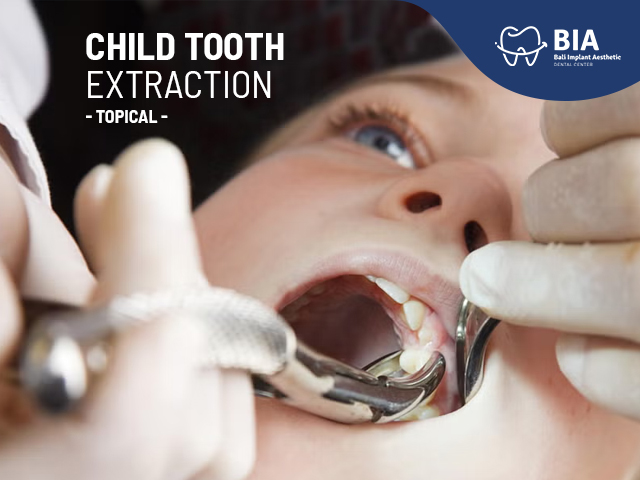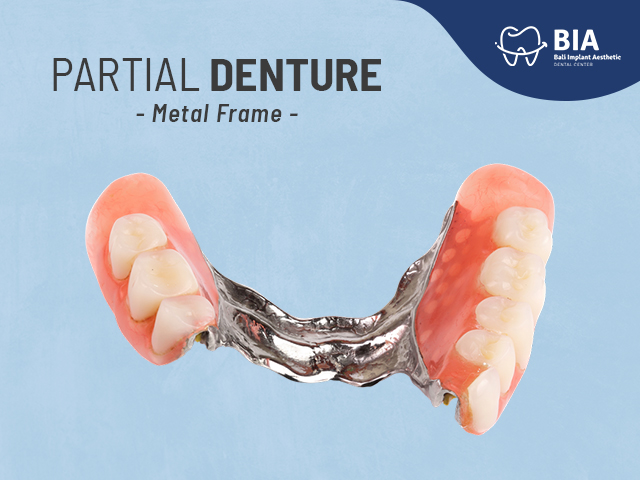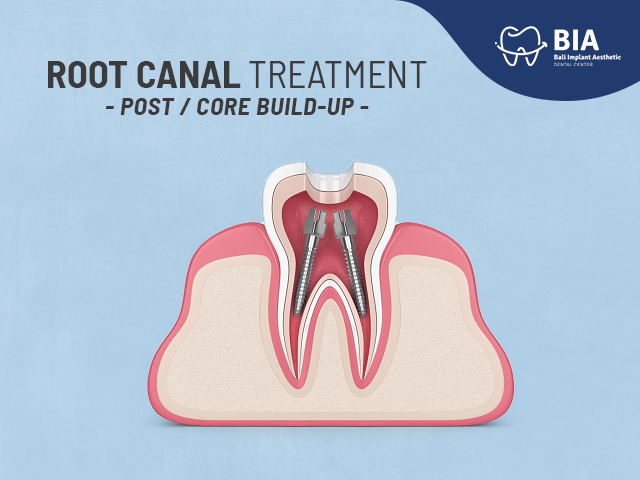The Relationship of Dental and Oral Health in the Elderly with Quality of Life
Article | 2020-06-21 06:44:45
Home » Articles » The Relationship of Dental and Oral Health in the Elderly with Quality of Life
The Relationship of Dental and Oral Health in the Elderly with Quality of Life
The population of the elderly in Indonesia continues to increase unnoticed. According to the Central Statistics Agency in 2010, the elderly population in Indonesia has reached 52,094,585 people out of 237,641,326 people of the total population (22%) and by 2025, according to the National Development Agency and the Central Statistics Agency, it is estimated to be 85,321,800 people of 270,538,400 inhabitants the total population (32%).
In aging there is an aging process which will affect various aspects of life, both social, economic, and especially health, this is because with increasing age, the function of organs will decrease (organ degeneration) both due to natural factors and due to disease.3 False one thing related to degeneration in the elderly is complaints of dry mouth (xerostomia). This situation is caused by atrophy of the salivary glands which will reduce saliva production and change its composition.
Along with increasing age, there will be changes and setbacks in the function of the salivary glands, where the parenchymal glands will disappear and be replaced by connective tissue and fatty tissue. This condition results in a reduction in the amount of salivary flow. In addition, systemic diseases suffered in old age and drugs used to treat systemic diseases can have an effect on dry mouth in old age.
Saliva plays an important role for oral health. The function of saliva is important and very clear, namely when eating, to taste and lubricate food and protect the mucosa and teeth. Water, mucin, and proline-rich glycoproteins become lubricants for food and help the process of swallowing. Saliva is also important for normal taste perception. Saliva functions protectively through various antimicrobial components such as mucin, histatin, lysozyme and lactoferrin, and through specific antibodies against microorganisms.
More than 30% of the population aged 65 years experience these symptoms and 14-40% of adults also experience them. Reduced saliva / saliva secretion can cause discomfort in the oral cavity, pain, increased levels of dental caries and oral infections, as well as difficulty speaking and swallowing food, so that nutritional intake decreases followed by weight loss. Complaints that arise as a result of xerostomia can affect the health of teeth and oral cavity which in turn will affect the level of quality of life as well.
Always consult your dental and oral health problems with the best dentists and dental clinics in Bali.
BIA Dental Center
Jl. Sunset Road No.86A, Seminyak, Badung, Bali Indonesia 80361.
+6282139396161
Source:
BAPPENAS. Proyeksi Penduduk Indonesia (Indonesia Population Projection) 2005 - 2025. Jakarta: BAPPENAS. 2008.
Sensus Penduduk 2010 [Internet]. Jakarta: Badan Pusat Statistik; c2009 [updated 2011 Nov 11. cited 2012 Jan 10]. Available from: http://sp2010.bps.go.id/index. php/site/tabel?tid=336&wid=0.
Kemeneg.pp, Penduduk Usia Lanjut. online at: www.menegpp.go.id/.../index.php?...task..., dikutip 27 Januari 2012
Sonis ST, Fazio RC, Fang L. Principles and Practice or Oral Medicine Ed. Ke-2. W.B. Philadelphia:Saunders Company. 1995: 4C7, 462, 465-466.
Pedersen PH, Loe H, Geriatric Dentistry. Ed. Ke-1. Copenhagen: Munksgard. 1986:94-120.
Ernawati, D.S. Kelainan Jaringan Lunak Rongga Mulut Akibat Proses Menua. Majalah Kedokteran Gigi Universitas Airlangga. 1997. 30(3). 113.
Scully C, Felix DH. Oral medicine : update for dental practitioners. [internet]. Available at: URL: http://www.bdj.org. accessed on 19 September 2010. accessed on 27 Januari 2012.
Diaz Arnold Ana M, Marek Cindy A. The Impact of Saliva on patient care : a literature review. J Prosthet Dent. 2002. 88: 337-342.
Ship JA, Xerostomia in Older Adults: Diagnosis and Management, Geriatrics & Aging. September 2003: 6(8)
Eugene NM, Robert LF. Salivary gland disorders. New York: Springer Berlin Heidenberg. 2007.




